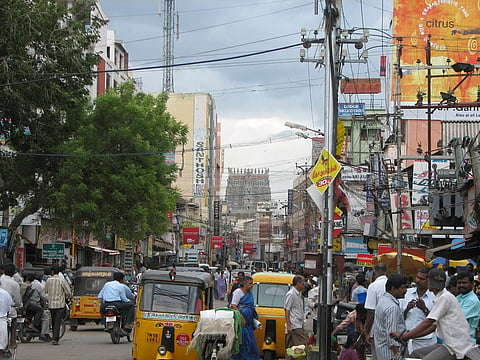An India at odds with itself
The midlife crisis of the Indian nation state has become aggravated as it enters the mid-sixties of its life. At its birth in 1947 it was a fractured entity, fissured along lines of class, caste, ethnicity, language and religion. During more than six decades of existence as an independent Indian Union, the state – whether ruled by the Congress or other political formations – has failed to bridge these differences and mould the country into a harmonious unit, and has instead sharpened the fissures.
The glitz and blare of the Indian state's current propaganda of economic growth and prosperity following neoliberal reforms cannot blow away the miasma of poverty. According to a report by the National Commission for Enterprises in the Unorganised Sector, 75 to 80 percent of the population continue to live on less than USD 0.50 per day. Neither can the 'miraculous' growth mask the rampancy of inter-religious discord marked by explosions of Hindu-Muslim riots, during which the minority Muslim community usually bears the brunt. Dalit Bahujans – the oppressed majority that comprises the lowest rung in the Hindu caste hierarchy – are often victims of upper caste atrocities. Regional conflicts are ubiquitous, and range from disputes over the sharing of river water between Tamil Nadu and Karnataka to demands by sections of Nepali-speaking people in West Bengal for a separate Gorkhaland, from armed secessionist movements in Kashmir to violent clashes between the Bodo people and Muslims in Assam. These unresolved problems loom large over the axis of politicians, corporations and bureaucrats that has been ruling India for the last six decades.

